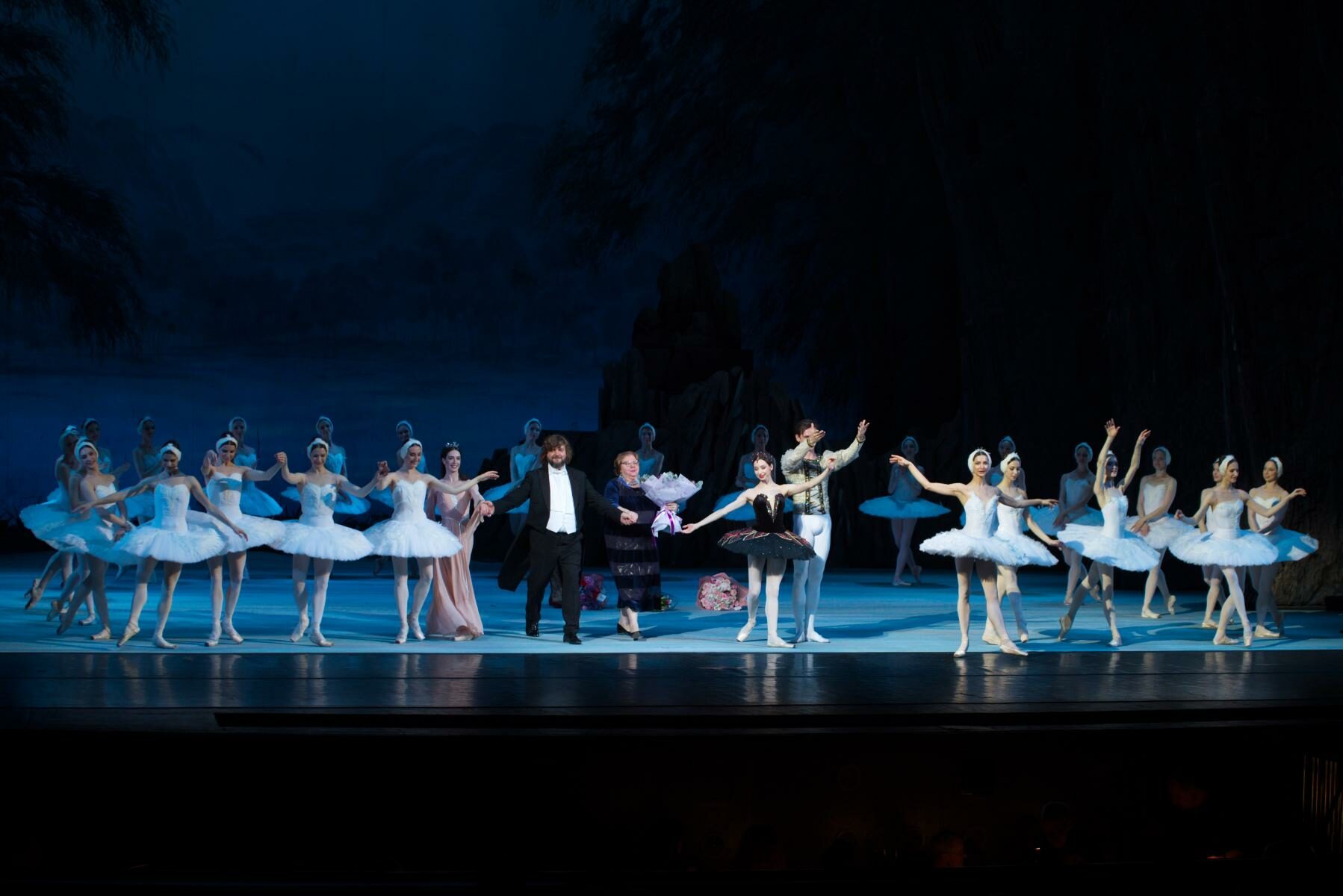Re-exploring Stravinsky
“Stravinsky TODAY” (“Le Chant du Rossignol”,”L’Histoire du Soldat”, “The Firebird”)
Stuttgart Ballet
Stuttgart State Opera
Stuttgart, Germany
March 21, 2015
by Ilona Landgraf
Copyright © 2015 by Ilona Landgraf
 Stuttgart Ballet’s new triple bill is an all-Stravinsky evening. Three choreographers – Marco Goecke, Demis Volpi and Sidi Larbi Cherkaoui – explored the exceptional composer’s music for their works. Two ballets are world premieres: Volpi’s “L’Histoire du Soldat” to Stravinsky’s suite from 1919 and Cherkaoui’s “The Firebird” to the Firebird-suite for orchestra, while Goecke presented a revision of his “Le Chant du Rossignol” originally created for the Leipzig Ballet in 2009.
Stuttgart Ballet’s new triple bill is an all-Stravinsky evening. Three choreographers – Marco Goecke, Demis Volpi and Sidi Larbi Cherkaoui – explored the exceptional composer’s music for their works. Two ballets are world premieres: Volpi’s “L’Histoire du Soldat” to Stravinsky’s suite from 1919 and Cherkaoui’s “The Firebird” to the Firebird-suite for orchestra, while Goecke presented a revision of his “Le Chant du Rossignol” originally created for the Leipzig Ballet in 2009.
Around a century ago Stravinsky’s unfamiliar, bold compositions set the ballet community abuzz. The scandal the Ballets Russes caused in Paris in 1913 with Nijinsky’s choreography of “Le Sacre du Printemps” has no equal. Stravinsky, Diaghilev, the Ballets Russes – an explosive, cross-fertilizing artistic collaboration. What impact has Stravinsky today? A question raised in the program book, which in the same breath mentions that using Stravinsky’s music already has a long tradition in Stuttgart: “The Soldier’s Tale” was Cranko’s first choreography in Cape Town in 1944. Ten additional ballets by Cranko set to Stravinsky followed, among them “The Firebird” (1964, a production for the Deutsche Oper Berlin) and “Le Chant du Rossignol” for Munich (1968). (more…)



